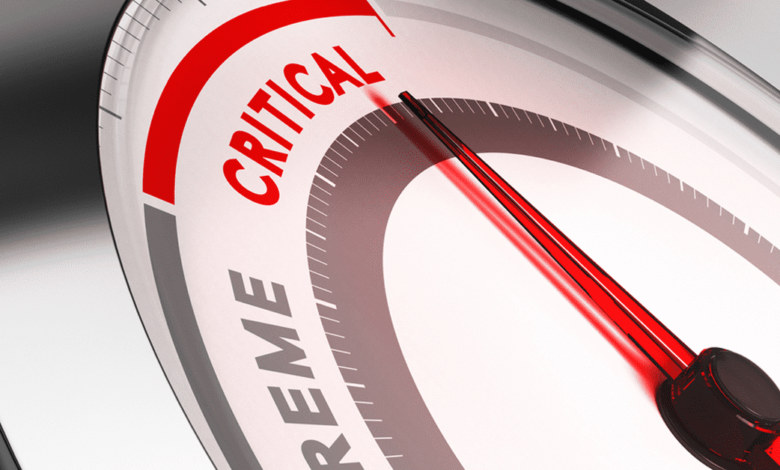Managing crisis on social media in three simple steps

It takes one person to ruin your brand and a crisis management team to regain it!
As smartphone users jump to an estimated 2 billion in 2017, more people are expected to generate content on social media, expanding the powerful impact of such platforms on personal and commercial brands alike.
See Also: Why Middle East marketing and politics don’t mix
There are three main steps to consider when handling social media in a crisis:
Before the crisis
An organization adopting a proactive communication strategy should take the following into consideration:
- Monitoring and response frameworks.
- Identifying key online powers (people and entities).
- Checking ownership of social media platforms.
- Being clear on the resources needed in the event of a crisis.
- Training the social media team.
- Including social media in risk assessment procedures.
- Controlling IT in the organization to ensure the required information gets out in due time.
See Also: Major brands pull ads from Riham Saeed
During the crisis
The damage has been done and the organization needs to rescue the situation. As you go about handling the situation through digital channels always:
- Monitor the situation to know what people are saying about you.
- Maintain consistency in messages sent across all channels.
- Think about packaging content for every social media account.
- Involve stakeholders to guard against rumors and wrong information.
- Be quick at responding especially if you have the right answers to queries.
- Reinforce accurate, updated communication across all departments and branches.
See Also: Pizza Hut Under Fire For Mocking Palestinian Hunger Strike
After the crisis
Just because you have the crisis handled does not mean that is all. There are other issues to be attended to which include:
- Let your stakeholders know the crisis is over to restore the good name.
- The crisis management review should look at what strategies worked, which ones failed and figure out ways to improve.
The size of an organization is not a factor when a crisis occurs. Whether big or small, the organization requires an efficient digital communication strategy. This will ensure the public and other key stakeholders have all the information they need about the crisis. Withholding information that should be in the public domain is disastrous, as people will make speculations that could hurt your brand. The pressure could be too much, but if you have a great communications department, there is nothing to worry about.
If you want to have an easier time during a crisis, adhere to the before, during and after stages. If you at least foresaw a problem and planned on how to handle it, it will be much easier. This will help you regain consumers’ trust and your brand’s reputation.



